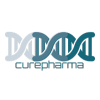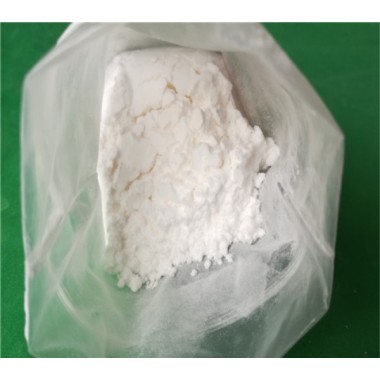99% Lidocaine Local Anesthetic Powder Lidocaine Base Pain Killer CAS 137-58-6
jamesliu@ycphar.com
skype: cotanjames
whatsapp: +86-13802264524
Lidocaine
CAS: 137-58-6
Assay: 99%
Appearance: White crystalline powder
Packing: 25kg/drum
EINECS: 205-302-8
Molecular Formula: C14H22N2O
Molecular weight: 234.34
Usage: Topically used to relieve itching, burning and pain from skin inflammations, injected as a dental anesthetic, or as a local anesthetic for minor surgery.
Product Description:
Lidocaine, xylocaine, or lignocaine is a common local anesthetic and class-1b antiarrhythmic drug. Lidocaine is used topically to relieve itching, burning, and pain from skin inflammations, injected as a dental anesthetic, or as a local anesthetic for minor surgery.It is on the World Health Organization's List of Essential Medicines, a list of the most important medications needed in a basic healthcare system.
Lidocaine is the most important class-1b antiarrhythmic drug; it is used intravenously for the treatment of ventricular arrhythmias (for acute myocardial infarction, digoxin poisoning, cardioversion, or cardiac catheterization) if amiodarone is not available or contraindicated. Lidocaine should be given for this indication after defibrillation, CPR, and vasopressors have been initiated. A routine prophylactic administration is no longer recommended for acute cardiac infarction; the overall benefit of this measure is not convincing.
Product Applications:
The efficacy profile of lidocaine as a local anesthetic is characterized by a rapid onset of action and intermediate duration of efficacy. Therefore, lidocaine is suitable for infiltration, block, and surface anesthesia. Longer-acting substances such as bupivacaine are sometimes given preference for subdural and epidural anesthesias; lidocaine, though, has the advantage of a rapid onset of action.
Epinephrine vasoconstricts arteries, reducing bleeding and also delays the resorption of lidocaine, almost doubling the duration of anaesthesia. For surface anesthesia, several available formulations can be used e.g. for endoscopies, before intubations, etc. Buffering the pH of lidocaine makes local freezing less painful.[2] Lidocaine drops can be used on the eyes for short ophthalmic procedures.
Relative insensitivity to lidocaine is genetic. In hypokalemic sensory overstimulation, relative insensitivity to lidocaine has been described in people who also have attention deficit hyperactivity disorder.In dental anesthesia, a relative insensitivity to lidocaine can occur for anatomical reasons due to unexpected positions of nerves. Some people with Ehlers-Danlos syndrome are insensitive to lidocaine.
Lidocaine, along with ethanol, ammonia, and acetic acid, has also been proven to be effective in treating jellyfish stings, both numbing the affected area and preventing further nematocyst discharge
Lidocaine crosses the blood-brain and placental barriers, presumably by passive diffusion.
Lidocaine is metabolized rapidly by the liver, and metabolites and unchanged drug are excreted by the kidneys. Biotransformation includes oxidative N-dealkylation, ring hydroxylation, cleavage of the amide linkage, and conjugation. N-dealkylation, a major pathway of biotransformation, yields the metabolites monoethylglycinexylidide and glycinexylidide. The pharmacological/toxicological actions of these metabolites are similar to, but less potent than, those of Lidocaine. Approximately 90% of Lidocaine administered is excreted in the form of various metabolites, and less than 10% is excreted unchanged. The primary metabolite in urine is a conjugate of 4-hydroxy-2, 6-dimethylaniline.
| Local Anaesthesia |
| Dimethocaine Hydrochloride |
| Dimethocaine |
| Tetracaine hydrochloride |
| Tetracaine |
| Ropivacaine Hydrochloride |
| Proparacaine Hydrochloride |
| Procaine Hydrochloride |
| Procaine |
| Propitocaine Hydrochloride |
| Prilocaine |
| Pramoxine Hydrochloride |
| Lidocaine |
| Levobupivacaine Hydrochloride |
| Dibucaine hydrochloride |
| Bupivacaine Hydrochloride |
| Bupivacaine |
| Benzocaine |
| Articaine hydrochloride |
| Benzocaine hydrochloride |
| Linocaine Hydrochloride |
| Prilocaine Hydrochloride |





